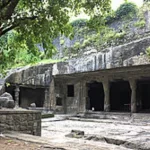Maharaja Ranjit Singh
At the beginning of the 1800s, the monarch who controlled Punjab, the country of five rivers, embraced secular ideas. Maharaja Ranjit Singh, the renowned “Sher-e-Panjab” (Lion of Punjab), was a ruthless monarch who founded an egalitarian and diverse kingdom.
He was born in Gujranwala, now in Pakistan, during the winter of 1776 to parents Sardar Mahan Singh Shukarchakia and Mai Raj Kaur. Little is known about Maharaja Ranjit Singh’s early life, except for the well-known “smallpox” episode where he lost vision in his left eye while caring for smallpox victims.
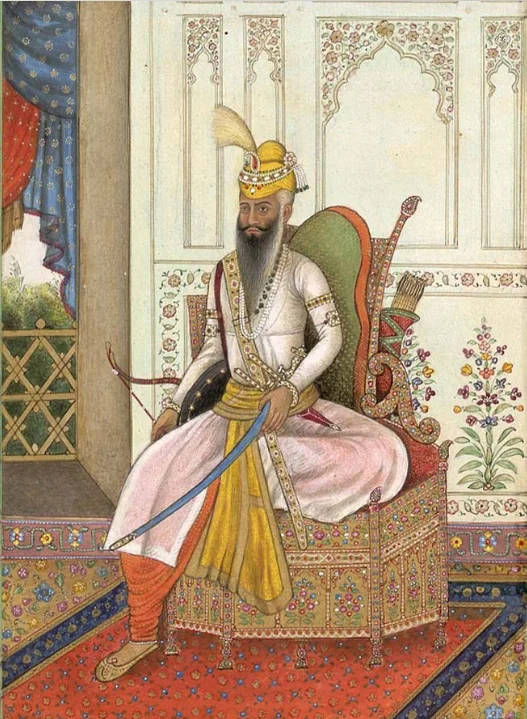
Currently, only one painting of Maharaja Ranjit Singh, created by Emily Eden, is believed to accurately capture his likeness. Hearsay is the foundation for the other paintings.
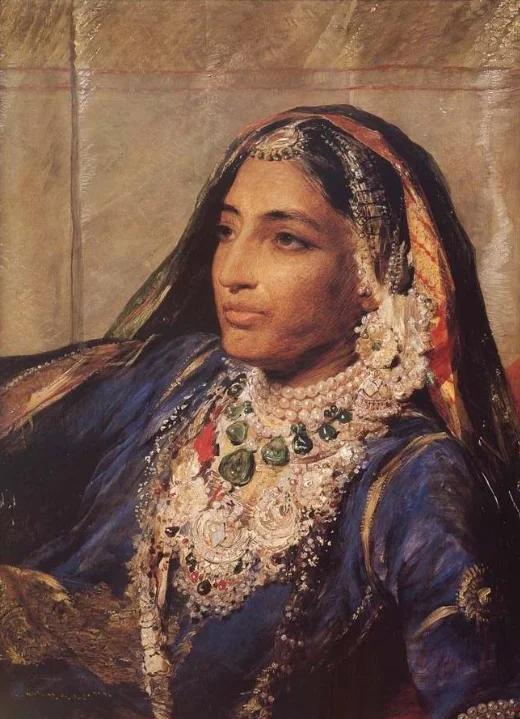
Consolidation of Power and Succession Planning in Ranjit Singh’s Misl
In the eighteenth century, twelve misls (Sikh sovereign constituencies) existed. Before Ranjit Singh’s ascent to power, his elders founded their own misl, named “Shukarchakia.”
The misl comprised valiant fighters and rulers who controlled vast areas of what is now Punjab and the surrounding states. The Sukerchakia misl was governed at the time by Ranjit Singh’s father, Sardar Mahan Singh.
After his father passed away in 1790, Ranjit Singh took over as the misl’s head. He married Mehtab Kaur from 1795 to 1796. As a consequence of this matrimonial union, Ranjit Singh’s mother-in-law, Rani Sada Kaur, joined the family.
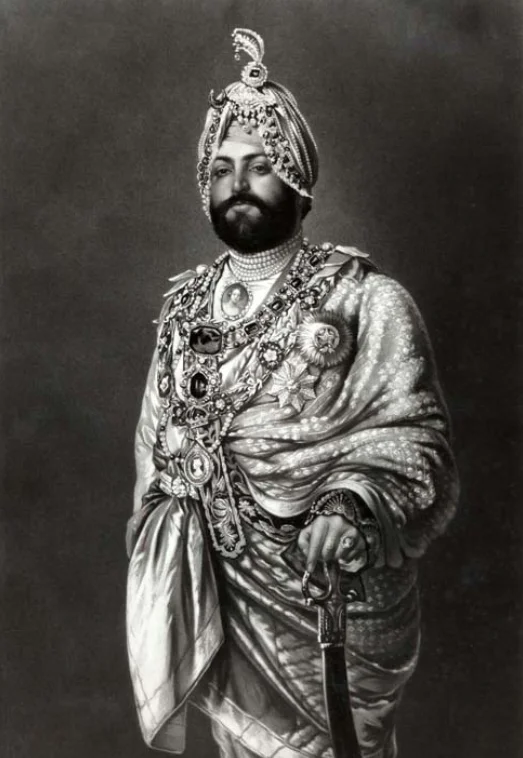
During this time, Ranjit Singh and his misl benefited from her advice. The division of Punjab into several autonomous misls led to a rise in factionalism.
To bring about peace and harmony, Ranjit Singh decided to create unitary rule in Punjab and began working toward it. Despite having several marriages, Ranjit Singh regarded only two of his eight sons as legitimate successors to the throne.
He considered Kharak Singh, from his second marriage to Maharani Raj Kaur, as the first heir. He also regarded Duleep Singh, the sole surviving member of his wife Maharani Jind Kaur’s family, as the lone heir apparent.
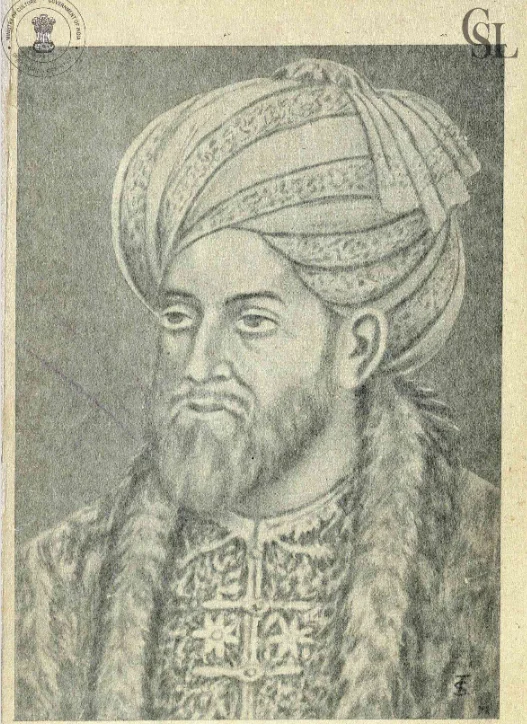
Everything started in Lahore and Amritsar.
Ahmad Shah Durrani, often referred to as Ahmad Shah Abdali, founded the Durrani Empire. He controlled Afghanistan from 1747 to 1772 and made eight documented attempts to assault India.
During his sixth invasion in 1762, he ruthlessly slaughtered hundreds of people in Lahore and Amritsar, demolishing several shrines and hallowed sites, including the Harmandir Sahib. The following antiquated Panjabi proverb remembers Durrani’s attacks to this day:
Ahmad Shah Durrani’s influence is remembered in the Panjabi saying “Khadda Pita Lahe Da, Rehnda Ahmed Shahe Da” (You own whatever you eat; Ahmad Shah will receive the residue).
In 1783, his grandson Shah Zaman ascended to the throne in Kabul. He attempted to conquer India three times, in 1793, 1795, and 1796. In 1798, after failing in his three previous attempts, he launched a fourth invasion and took control of Lahore.

Ultimately, Shah Zaman conceded defeat and returned to Afghanistan. Once he left, Sardars from the Bhangi misl returned to retake Lahore. Internal strife caused several administrative breakdowns, leaving the city and its citizens poorly protected.
Ranjit Singh’s Rise to Power and Devotion to the Golden Temple
The people of Lahore, aware of Ranjit Singh’s grandeur and majesty, evaluated the situation and petitioned him. After reading the letter, Singh consulted his mother-in-law from the Kanhaiya misl about a combined attack and called for a Gurmatta, or assembly.
Thus, he seized power in Lahore on July 16, 1799. After taking control of the Bhangi Fort, he gave it the new name “Gobindgarh Fort,” drawing inspiration from Guru Gobind Singh Ji, the tenth Sikh chief.
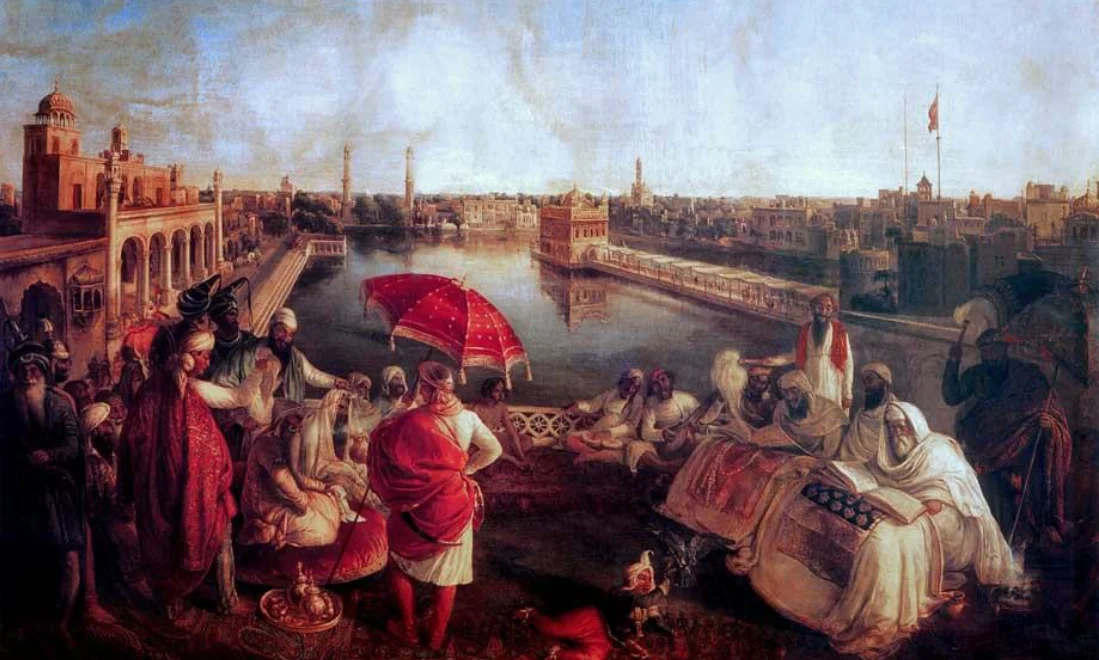
Additionally, he obtained ownership of the Zamzama Cannon, which was unmatched in power at the time. The cannon is currently in Lahore, Pakistan.
Maharaja Ranjit Singh visited the famed Harmandir Sahib Gurudwara to seek blessings following his empire’s successful expansion. As a sign of his devotion, he promised to cover the Gurudwara Sahib in gold, which led to it being known as the “Golden Temple.”
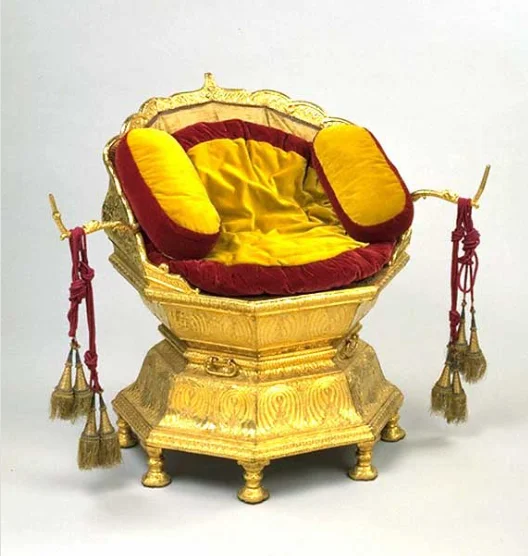
Remarkably, after learning about the renovation of the Gurudwara, Asaf Jah VII Mir Osman Ali Khan, the Nizam of Hyderabad, contributed money for the same purpose.
The magnificent Durbar of Lahore
A significant turning point in Maharaja Ranjit Singh’s rule was the Treaty of Amritsar in 1809. Known by another name, the “Minto-Metcalfe” Treaty was signed as a gesture of goodwill by Maharaja Ranjit Singh and Charles Theophilus Metcalfe of the British East India Company.
Ranjit Singh utilized this treaty to subjugate the Cis-Sutlej nations, capturing locations such as Peshawar and Kashmir. He ensured the Northern boundaries were guarded, as requested by the British.
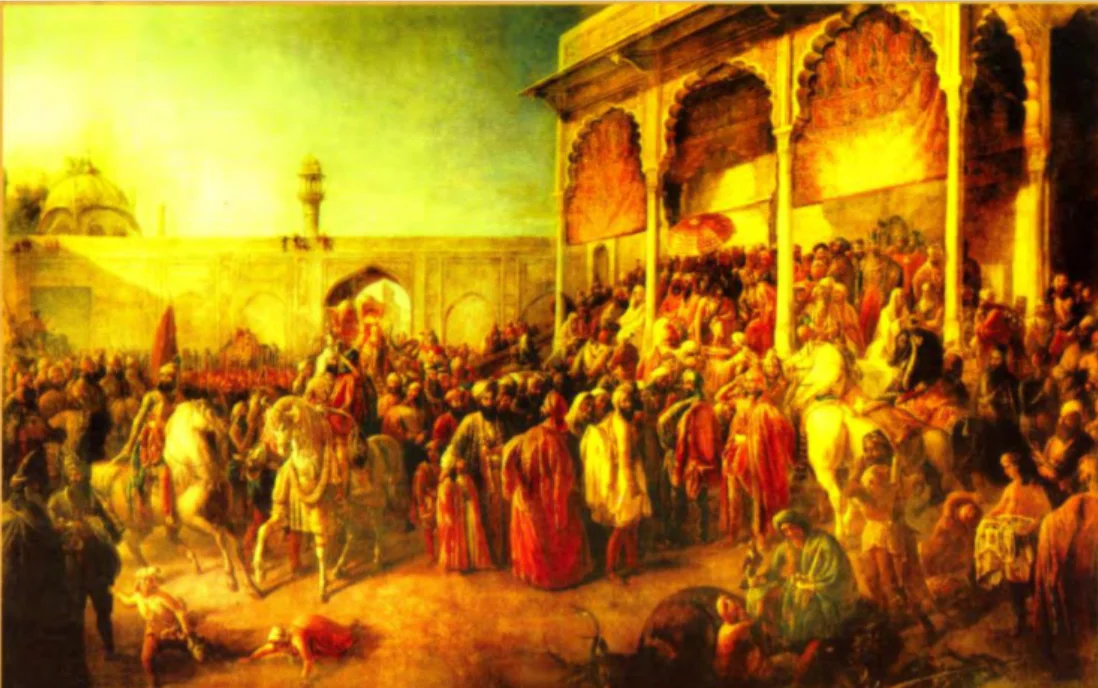
In 1801, on the occasion of Baisakhi, a celebration heralding the beginning of the harvest season in Northern India, Ranjit Singh received the title of Maharaja.
Choosing Lahore as his capital from 1799 onward, he decided to expand his kingdom. By 1809, Ranjit Singh had seized control of Kangra, by 1813, Attock, and by 1818, Multan.
He struck the “Nanakshahi” coins in silver and gold during his rule, inscribing them with the names of several Sikh Gurus. Maharaja Ranjit Singh populated his court with nobles from several faiths, governing as a cunning and diplomatic figurehead.
Recognizing the diversity both inside and outside the kingdom, he realized that leading by conquest and expansion alone would not suffice; he also needed to lead by bringing the people with him.
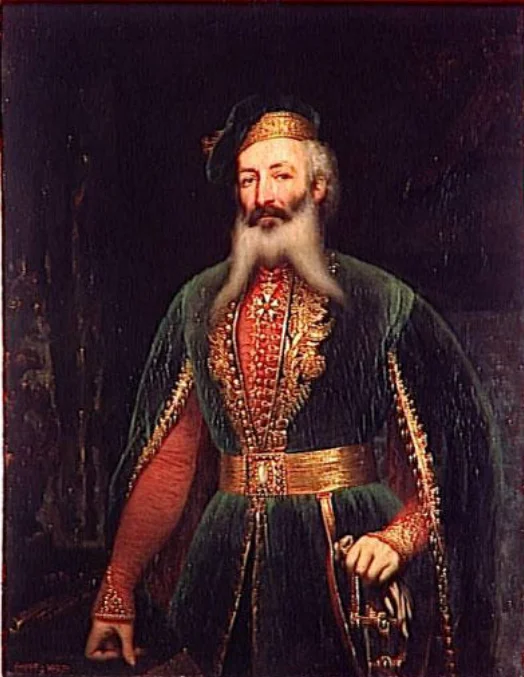
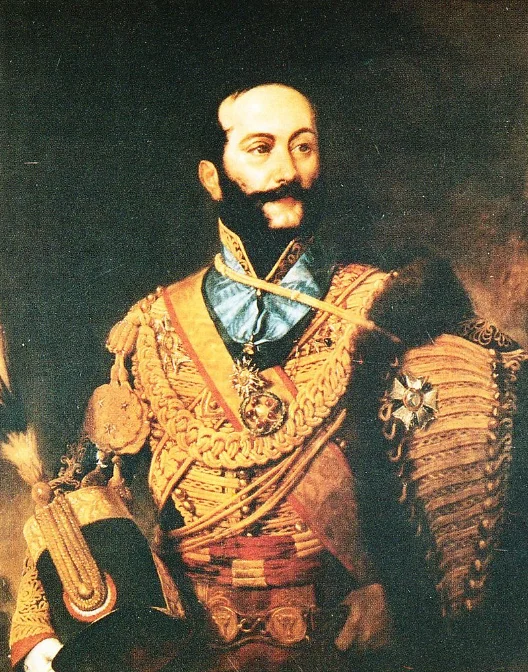
The victories that shaped history
In the midst of the conflicts, Maharaja Ranjit Singh managed to obtain the renowned Timur Ruby and Koh-i-noor diamond. He appointed a Frenchman named Jean Francois Allard as his Army Chief to assist him in keeping his battle methods up to date.
Ranjit Singh tasked Allard with modernizing his army and leading Singh’s renowned courageous Fauj-i-Khas special unit. Together with his Italian colleague General Ventura, Allard achieved this.
Maharaja Ranjit Singh’s conquests of Kashmir, Hazara, Peshawar, and Khyber Pakhtunkhwa, along with the subsequent strengthening of the northwest boundary, form a significant part of his legacy. He seized control of Hazara in 1820, Peshawar and Khyber Pakhtunkhwa in 1834, and Kashmir in 1819.
At the time, Kashmir was under the rule of Jabbar Khan. It is claimed that upon discovering the atrocities carried out under Jabbar Khan’s reign and the threat posed by nearby Pathans, Maharaja Ranjit Singh began planning the capture of Kashmir.
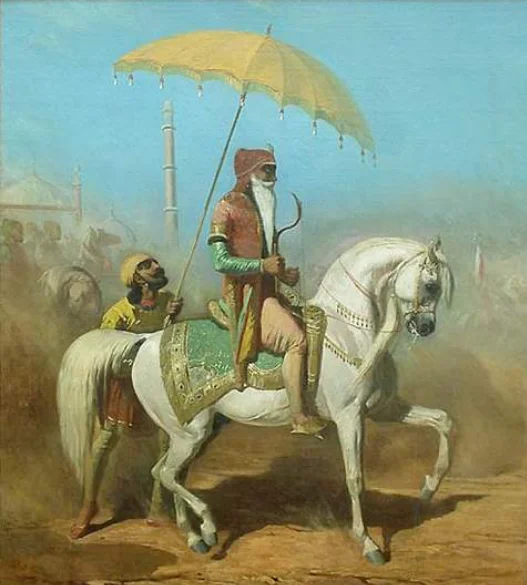
Ranjit Singh’s Conquests and the Impact on Sikh Empire
On the plains of Shupaiyan, the Khalsa Army, led by Maharaja Ranjit Singh, confronted the Pathan Army under Jabbar Khan. In July 1819, Maharaja Ranjit Singh reached Srinagar following his triumph.
He directly discussed Kashmir’s prosperity. Diwan Moti Ram was appointed as the ruler of Kashmir with the dual objectives of restoring order in the government and addressing the needs and comforts of the populace.
Upon discovering Diwan’s shortcomings and inefficiencies, Maharaja Ranjit Singh dismissed him and appointed Hari Singh Nalwa to the position.
In 1823, Ranjit Singh, with the assistance of his commander General Hari Singh Nalwa, conquered the Khyber Pakhtunkhwa area and Peshawar. Commander Hari Singh Nalwa then took over as Peshawar’s governor.
This war significantly impacted the history of the Sikh Empire and British India. It prevented the enemy from entering India from its northeastern frontiers and expanded the Sikh dominion westward of the Indus.
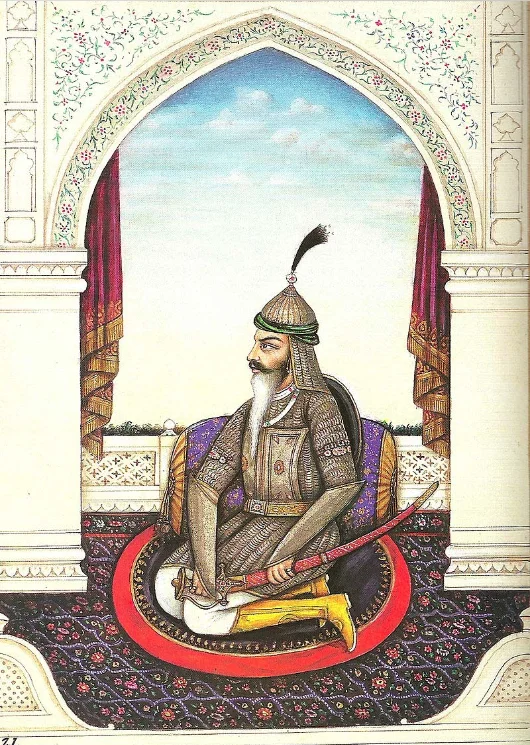
Due to this achievement, during the Second Anglo-Sikh War, all of these areas—including Kashmir—and the entire trans-Indus territory were incorporated into the British Empire. Thus, Maharaja Ranjit Singh’s great dominion and accomplishments hold global significance.
A Period’s End
On June 27, 1839, Maharaja Ranjit Singh passed away in Lahore Fort. His ashes were interred at the “Samadhi of Maharaja Ranjit Singh” monument in Lahore, Pakistan, located next to the well-known Badshahi Mosque.
Following his death, the British East India Company and the Sikh empire engaged in the First Anglo-Sikh War (1845–1846), resulting in the former’s victory.
The British took control of Kashmir and transformed it into a princely state, a major outcome of the war for the Sikh Empire. Allegedly, Sikh general Teja Singh and a few others committed treason, contributing to the downfall of the Sikh Empire.
The Sikh Empire entered into the Second Anglo-Sikh War (1848–49) due to British interference in politics and the emergence of betrayal and factionalism within the Maharaja’s Empire.
The British placed Lahore under their authority in 1849 after seizing Punjab. As a member of Ranjit Singh’s army, General Alexander Gardner saw the fall of the sovereign kingdom and recorded it.
The last ruler of the Sikh Empire was Duleep Singh, the smallest son of the Maharaja. He ascended the throne at the age of five, with his mother Rani Jind Kaur serving as regent.
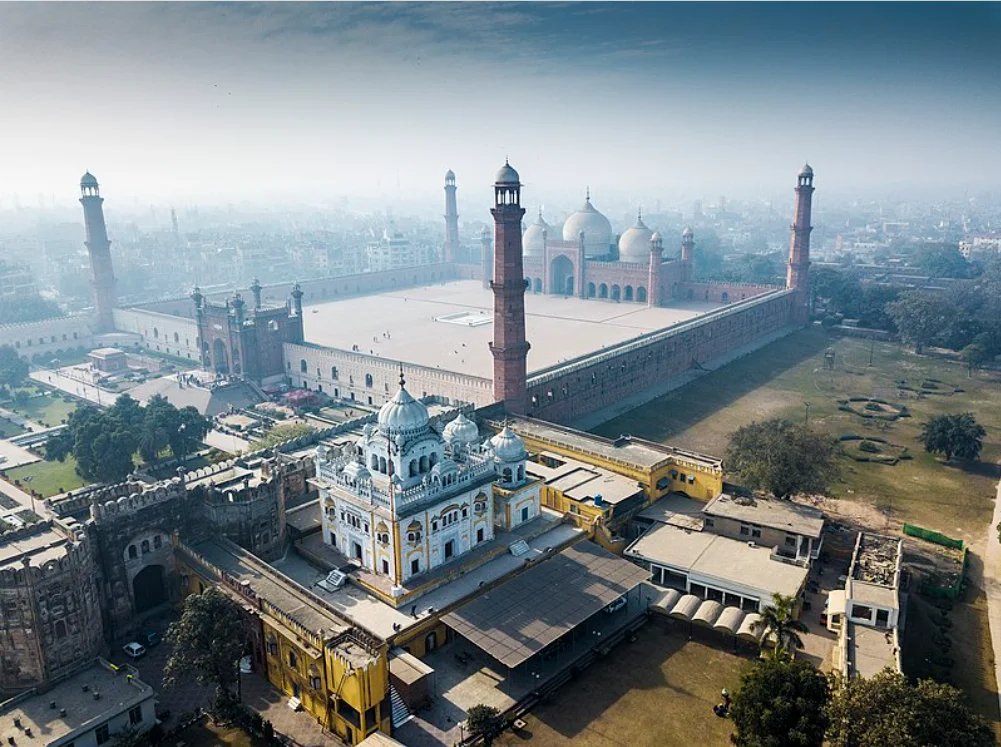
Duleep Singh’s Exile and the Legacy of Maharaja Ranjit Singh
Duleep Singh and his mother lived in Lahore. Following their defeat in war in 1848, they were banished to Churnar. Duleep Singh eventually lost contact with his mother and was raised in England by a missionary. He attended Queen Victoria’s court, where he is rumored to have been well-liked.
The realm of the one-eyed King included the contemporary states of Punjab, Himachal Pradesh, Kashmir, Gilgit (now in Pakistan), Ladakh, Peshawar, and Khyber Pakhtunkhwa.
When British Governor-General George Eden questioned Fakir Azizuddin, the foreign minister and advisor to Ranjit Singh, about the Maharaja’s absent eye, Azizuddin reportedly replied,
“The Maharajah is like the sun, and the sun has only one eye. I have never ventured to glance at his other eye because of how magnificent and brilliant his one eye is.”
ALSO READ: Cave Temples of Mumbai
